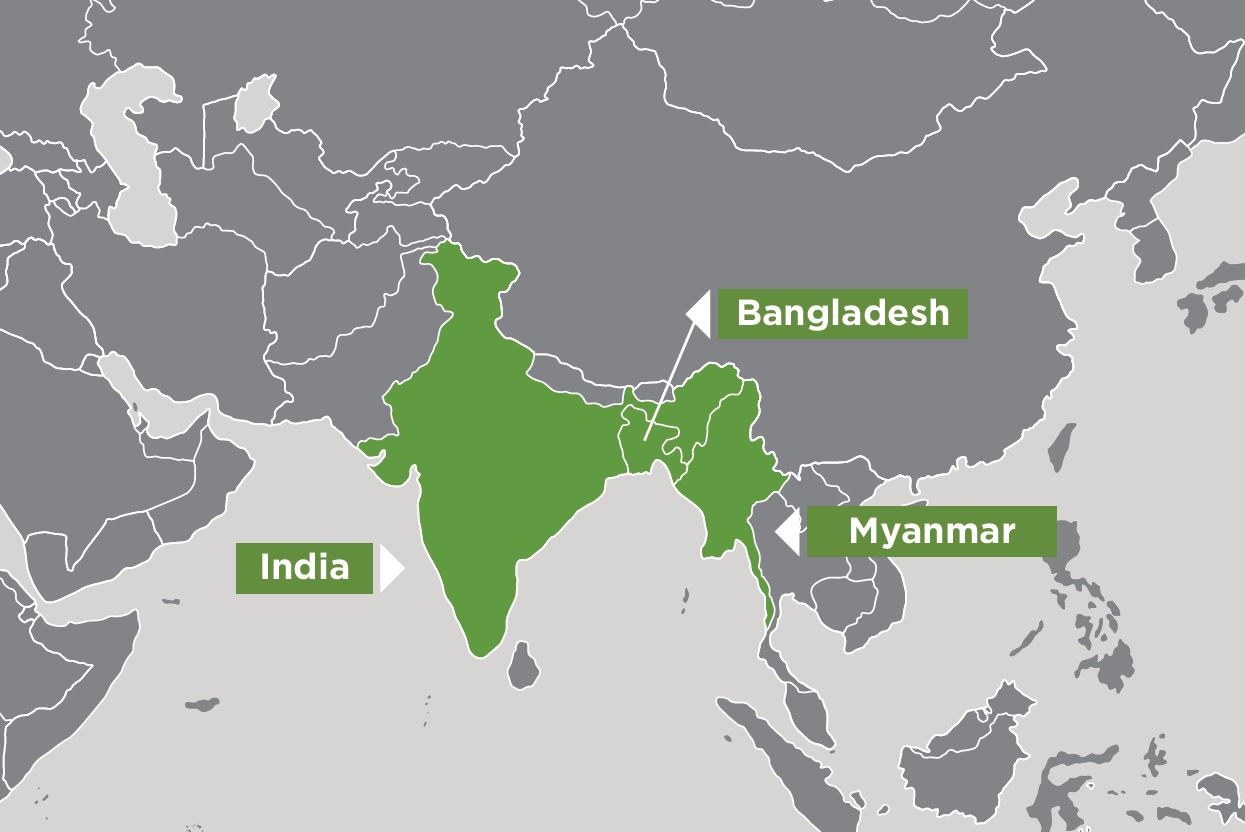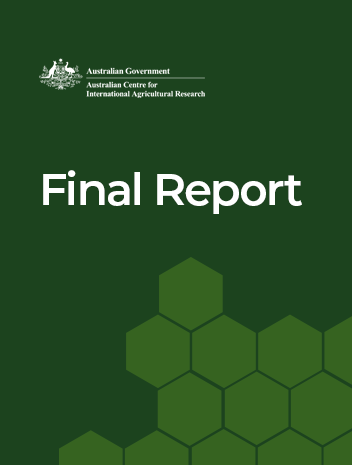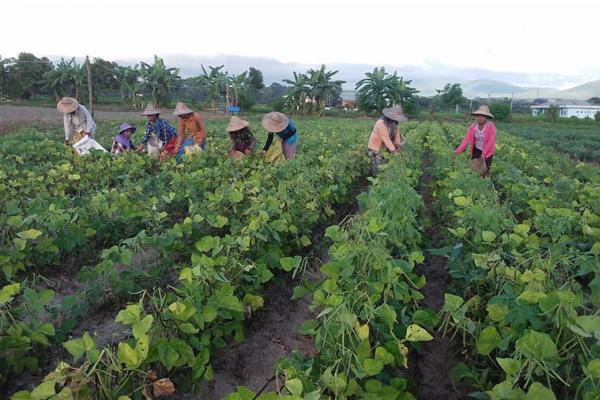Overview
This project aimed to build a network that will attract new members and investors in mungbean research, and continue beyond the timeframe of the project.
Mungbean is an important food and cash crop in the rice-based farming systems of South and South-East Asia. The crop generates a triple benefit: income, nutrient-rich food and increased soil fertility. Investment in improving mungbean varieties has been very low, leading to a narrow genetic base. Varieties lacking key traits to cope with emerging pests, diseases and seasonal variability constrain production in South and South-East Asian countries, as well as in Australia.
The International Mungbean Improvement Network and its outcomes will help to unlock the potential of mungbean to improve system productivity and livelihoods. The network will coordinate and perform research resulting in the development and release of new varieties, boosting the profitability of smallholder farms and the sustainability of local production systems.
The network collects and analyses the results from trials of the mungbean genetic diversity mini-core collection, assembled by the World Vegetable Center.
Project outcomes
- More resilient mungbean varieties requiring less labour per tonne harvested than current varieties.
- Adoption of improved varieties by farmers expected to lead to an expansion of the mungbean growing area and an increase in crop yields, resulting in an increase in mungbean revenues.
- Improved varieties resistant to biotic and abiotic stresses helping to stabilise yield variability and market prices.
- Adoption of improved mungbean varieties increasing intensification and diversification in the tropical cropping systems of South and South-East Asia.
- Mungbean production providing various environmental benefits, and mungbean residues serving as good source of livestock feed.
- Improved capacity in crop evaluation and breeding.








